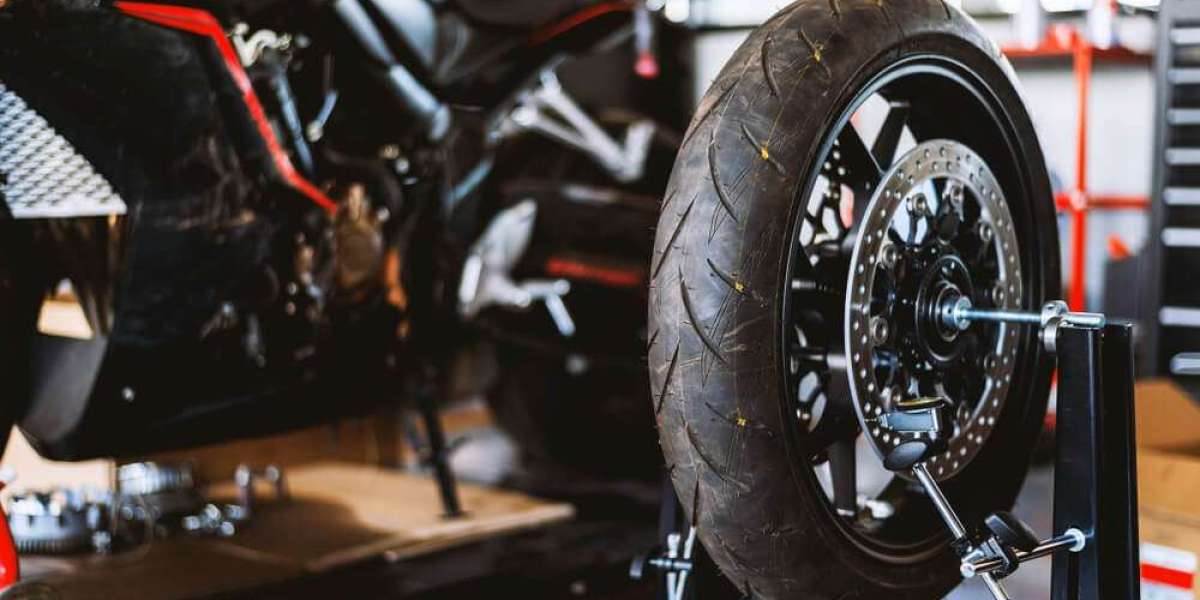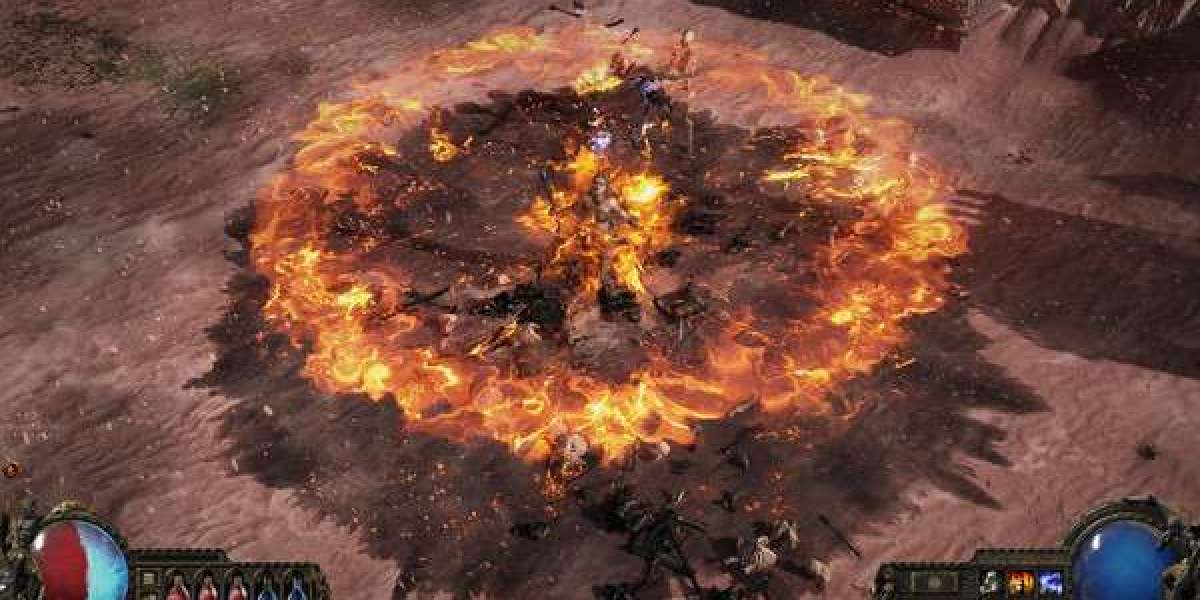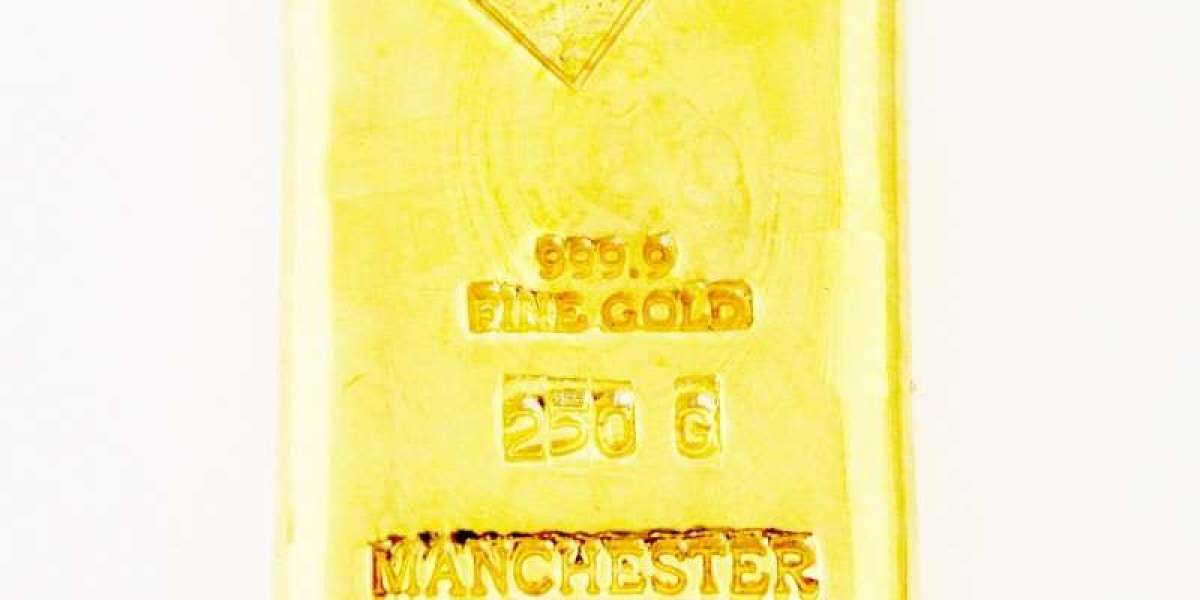When it comes to motorcycle performance, there are several interconnected systems that work together to ensure a smooth and efficient ride. Among these, the fuel, clutch, and exhaust systems play crucial roles in how your bike operates. Understanding how these systems function and interact with one another is essential for any motorcycle rider or mechanic. If these systems are neglected or poorly maintained, they can lead to a host of problems, from poor fuel efficiency to engine misfires, and even unsafe riding conditions.
In this blog, we’ll take a deeper dive into the fuel, clutch, and exhaust systems, explaining how they work together for a seamless motorcycle experience. Additionally, we will discuss troubleshooting tips, common failures, and why regular maintenance is essential for keeping your bike in top condition. For those who are serious about learning more, a motorcycle mechanic online course offers a deeper understanding of these systems and how to maintain them effectively.
1. Understanding the Fuel System
The fuel system is responsible for delivering the right amount of fuel to the engine for combustion. It ensures the engine runs smoothly and efficiently, providing the necessary power for the bike to move.
Key Components of the Fuel System
Fuel Tank
The fuel tank stores the gasoline, which is drawn into the engine when needed. Its capacity depends on the model of the motorcycle and can range from a small 3-4 gallon tank to a larger 6-7 gallon tank.Fuel Pump
The fuel pump is responsible for transferring fuel from the tank to the carburetor or fuel injectors. Some bikes use an electric fuel pump, while others rely on a mechanical pump to get the fuel where it’s needed.Fuel Injectors/Carburetor
In modern bikes, fuel injectors spray a precise amount of fuel directly into the engine’s intake manifold. On older models, a carburetor is used to mix fuel and air before it enters the combustion chamber.Fuel Filter
The fuel filter removes impurities from the fuel before it reaches the engine. A clogged or dirty fuel filter can prevent the engine from getting enough fuel, leading to poor performance or misfires.Fuel Lines
These lines transport the fuel from the tank to the engine. Over time, they can crack or become clogged, which can cause fuel delivery issues.
How It Works Together:
The fuel system starts when the fuel pump sends fuel from the tank to the carburetor or injectors. From there, the fuel is mixed with air in the proper ratio for combustion. If the fuel system isn’t functioning correctly, the engine may run too rich (too much fuel) or too lean (too little fuel), leading to poor performance, misfires, or stalling.
2. Understanding the Clutch System
The clutch system is vital for transferring the engine’s power to the wheels. Without a properly functioning clutch, you wouldn’t be able to shift gears, causing your bike to either stall or be stuck in one gear.
Key Components of the Clutch System
Clutch Lever
The clutch lever is located on the handlebar and is used to disengage the clutch. By pulling the lever, you disconnect the engine’s power from the wheels, allowing you to shift gears.Clutch Cable/Push Rod
The clutch cable or push rod connects the clutch lever to the clutch mechanism. When you pull the lever, the cable or rod pulls the clutch plate away from the engine, allowing you to change gears.Clutch Plates
Inside the clutch housing are several clutch plates. These plates allow for smooth engagement and disengagement of the engine’s power. They must be in good condition for smooth gear shifting and efficient power transfer.Clutch Springs
Clutch springs provide the necessary tension to keep the clutch plates engaged. Worn or damaged clutch springs can result in clutch slippage, where the engine revs but the bike doesn't accelerate properly.
How It Works Together:
The clutch system allows you to disengage the engine from the transmission when you pull the clutch lever. This lets you change gears smoothly without damaging the engine or gearbox. If the clutch system isn't functioning well, it can cause hard shifting, gear slippage, or even engine damage over time.
3. Understanding the Exhaust System
The exhaust system plays a critical role in reducing the amount of harmful gases emitted by the engine while also improving engine performance. The exhaust system helps expel the gases created by combustion and ensures the bike runs efficiently.
Key Components of the Exhaust System
Exhaust Header
The exhaust header collects the gases from the engine cylinders and funnels them into the exhaust pipe. In high-performance bikes, the header is designed to optimize exhaust flow, improving engine efficiency.Exhaust Pipe
The exhaust pipe carries the exhaust gases from the header to the muffler. The pipe is designed to direct the gases safely away from the bike’s engine, reducing the buildup of harmful pollutants.Muffler
The muffler is designed to reduce the noise produced by the exhaust gases as they leave the engine. It uses a combination of chambers and baffles to muffle the sound before the gases exit the exhaust pipe.Catalytic Converter
In modern motorcycles, the catalytic converter helps reduce harmful emissions by converting toxic gases like carbon monoxide and nitrogen oxides into less harmful substances.
How It Works Together:
The exhaust system removes exhaust gases from the engine and reduces the harmful emissions. A clogged or inefficient exhaust system can reduce engine performance, lower fuel efficiency, and increase emissions. It can also cause the engine to overheat, leading to damage over time.
4. How These Systems Work Together
The fuel, clutch, and exhaust systems are all interdependent and work together to ensure a smooth and efficient ride.
Fuel and Clutch Systems:
The fuel system provides the necessary power to the engine, and the clutch system ensures the smooth transfer of that power to the wheels. If the clutch is malfunctioning, it can prevent the engine from using the fuel efficiently, resulting in poor acceleration and power delivery.Fuel and Exhaust Systems:
The fuel system ensures the engine is burning fuel efficiently. If the exhaust system is clogged or damaged, it will prevent exhaust gases from leaving the engine properly, which can cause the engine to run poorly, overheat, or even fail.Clutch and Exhaust Systems:
The clutch system allows you to shift gears, and if the clutch is slipping or malfunctioning, it may cause the engine to rev without transferring power to the wheels. This can lead to excess exhaust gases and inefficient combustion.
Each of these systems relies on the proper functioning of the others to provide the best riding experience. If one system fails, it can have a cascading effect on the others.
5. Troubleshooting Common Failures
Fuel System Problems:
Hard Starting or Stalling:
This is often caused by a clogged fuel filter, dirty fuel injectors, or a failing fuel pump. Regularly replace the fuel filter and clean the injectors to prevent these issues.Poor Fuel Efficiency:
A clogged air filter, improperly adjusted fuel injectors, or a failing fuel pump can all lead to poor fuel efficiency. Regularly maintain these components to ensure your bike runs efficiently.
Clutch System Problems:
Clutch Slipping:
This occurs when the clutch plates don’t engage properly. It can be caused by worn plates or faulty clutch springs. If this happens, you’ll experience a delay in acceleration or a loss of power when riding.Hard Gear Shifting:
This can happen if the clutch cable is stretched or not properly adjusted. Regularly check the clutch cable and make adjustments as needed.
Exhaust System Problems:
Loud Exhaust Noise:
This could be a sign that the muffler is damaged or clogged. Regularly inspect the muffler and exhaust pipe for any signs of wear or damage.Decreased Performance or Backfiring:
If the exhaust system is clogged or damaged, it can cause the engine to backfire or run poorly. Inspect the exhaust system regularly to ensure it is functioning properly.
6. Why Motorcycle Maintenance Matters
Regular maintenance of your fuel, clutch, and exhaust systems is essential for keeping your bike in top shape. Neglecting these systems can lead to poor performance, increased fuel consumption, and potentially costly repairs.
For those looking to understand how these systems work and learn how to maintain them properly, enrolling in a motorcycle mechanic course can provide you with the skills and knowledge needed to troubleshoot and repair these vital components.
By understanding the intricacies of these systems and performing routine checks, you can ensure a safer, smoother ride and extend the life of your motorcycle.








